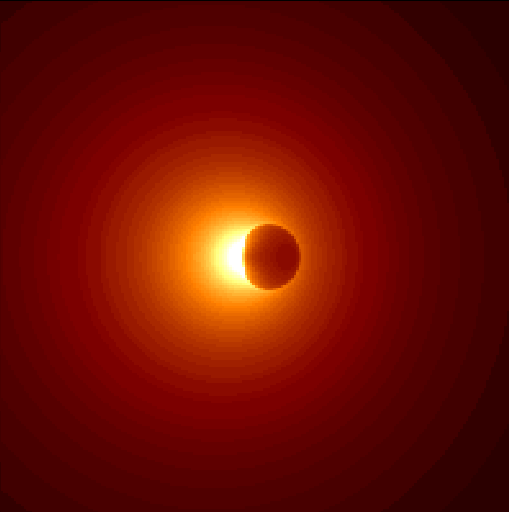
The Shadow of the Black Hole at the Galactic Center
Heino Falcke1, Fulvio Melia2, Eric Agol3
1 Max-Planck-Institut für Radioastronomie, Auf dem Hügel 69, 53121 Bonn, Germany (hfalcke@mpifr-bonn.mpg.de)2Steward Observatory and Department of Physics, University of Arizona, Tucson, AZ 85721 (melia@physics.arizona.edu)
3Physics and Astronomy Department, Johns Hopkins University, Baltimore, MD 21218 (agol@pha.jhu.edu)
in: Cosmic Explosions, 10th Astrophysics Conference, College Park, Maryland, eds. S.S. Holt and W.W. Zhang, AIP Conf. Ser., Vol. 522, p. 317
See also our Web-Slideshow!
Abstract:
We show that perhaps already with the next generation of long-baseline interferometers at submm-wavelengths we will able to image the shadow of the black hole in the Galactic Center. To a distant observer, the event horizon casts a relatively large ``shadow'' with an apparent diameter of ~10 gravitational radii due to bending of light by the black hole, nearly independent of the black hole spin or orientation. The predicted angular size for the Galactic Center black hole is 30 micro-arcseconds, a mere factor two smaller than the highest currently achieved resolution with VLBI techniques. Taking into account scatter-broadening of the image in the interstellar medium and the finite achievable telescope resolution, we show that the shadow of Sgr A* can be observed at suitably high frequencies. The main problems are possible optical depth effects for an ADAF model and Doppler boosting for a jet model. This has an influence on which dynamic range and which observing frequency is ultimately required to prove or disprove the existence of an event horizon.
Paper: Available in full length as PostScript and LaTex (AAS LaTex) Format.
Other publications can be found here.
Questions: Heino Falcke, hfalcke@mpifr-bonn.mpg.de